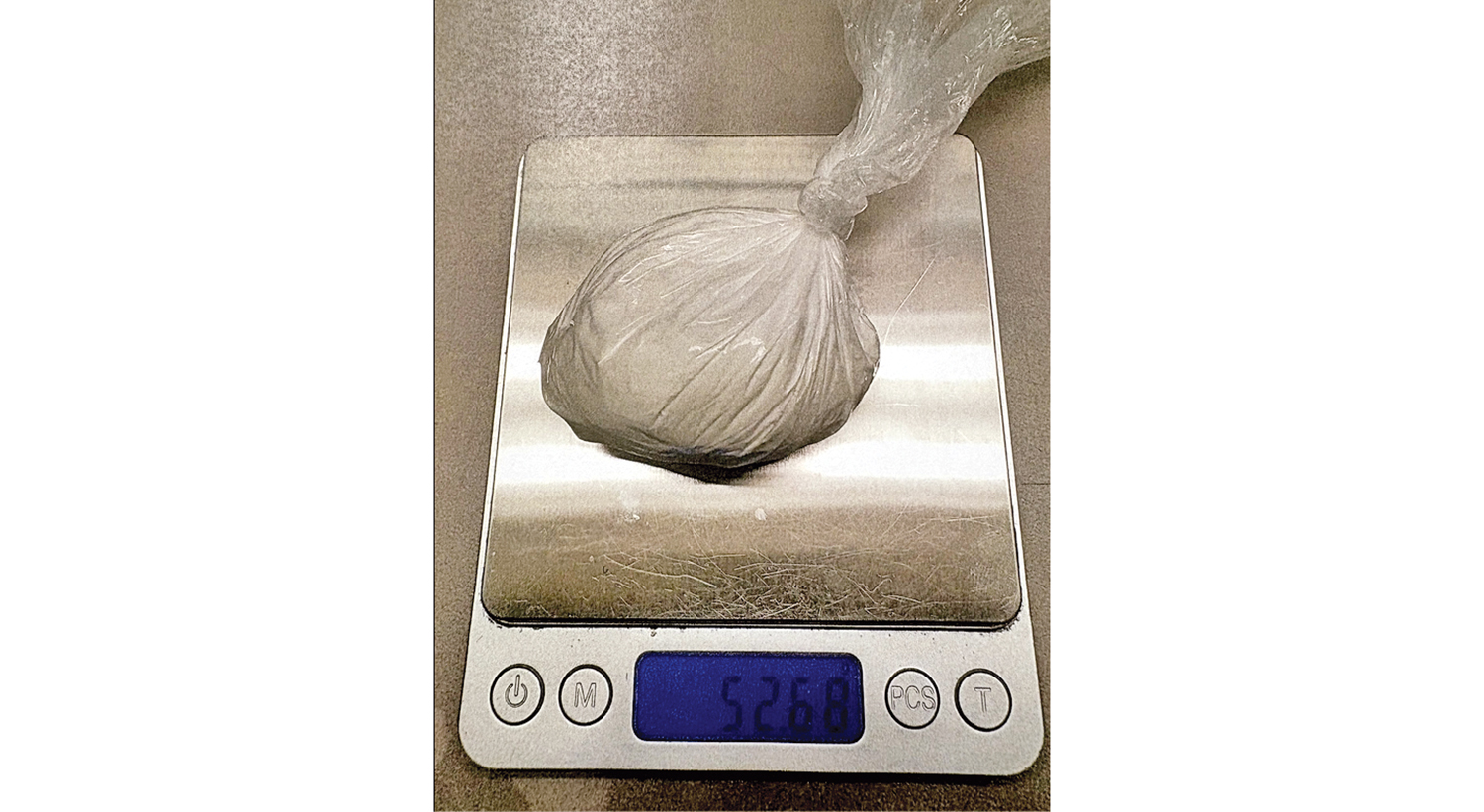Red Cross calling for type O negative
Published 12:00 am Wednesday, October 30, 2002
When Cheryl Gergley's daughter was born, she underwent an emergency caesarean section that required two units of donated blood.
"My husband doesn't have my blood type, and my mother has my type, but there wasn't enough time," she said. "Donated blood isn't ready for use until 48 hours have passed. If that blood wasn't there for me, I wouldn't have survived."
Now, people in her situation may not be as fortunate.
American Red Cross Blood Services of the Greater Alleghenies Region has issued a call to individuals with Type O negative blood to help rebuild depleted supplies. Those supplies stand at less than one-day levels.
"We're having less donations than expected," Gergley, communications supervisor, said. "We need donations every day, and we need all types."
Supplies of Type O negative, Gergley continued, have been severely affected because only seven percent of the population has that type, which is needed on a hospital shelf at all times.
"People with Type O negative are universal donors -- anyone can receive their blood," she said. "In emergency rooms, there's no time for blood typing (on a patient.)"
Gergley said reasons for less frequent donations are unknown, but donations are down across the country. Many did donate after Sept. 11 of last year; however, blood has a 42-day shelf life.
The Tri-State Division of the Greater Alleghenies Region, which serves Lawrence County, also serves 32 other counties in Ohio, Kentucky, and West Virginia. Gergley said four to seven blood drives are planned every day including one at Ohio University Southern from 1-6 p.m. Thursday. Two more in Ashland, Ky. will follow.
King's Daughters Medical Center in Ashland, Ky. also has a donor site in which people may donate by appointment. The site conducts blood drives every 60 days.
"Previously, people had to go to Huntington if they wanted to donate," Julie Marsh, public relations specialist with KDMC, said. "Donating blood takes less than an hour. New needles and tubing are used with every new donor, so there's no risk of catching a disease."
Only five percent of eligible donors donate, Marsh said.
Gergley said many first-time donors are afraid of blood and needles, but Red Cross staff members are aware of this.
"Getting up the nerve seems to be the hardest part for them," she said. "But, when it's over, they say, 'That was it? Oh, that's no big deal."
"Last year, I felt compelled to be a first-time donor after Sept. 11," Marsh said. "Needles don't bother me, but I was afraid of getting lightheaded. I didn't have any problems because I ate before and afterward."
The number of donations decreases during the holiday season because people are busy with activities such as cooking and shopping, Marsh said. However, more blood is needed because of increased accidents due to heavy travel and increased surgical procedures because of people meeting their insurance deductible at the end of the year.
"Your community gives so much to you," Marsh said. "It gives you a place to live, a home, and friends. You can give back to it by donating blood."





